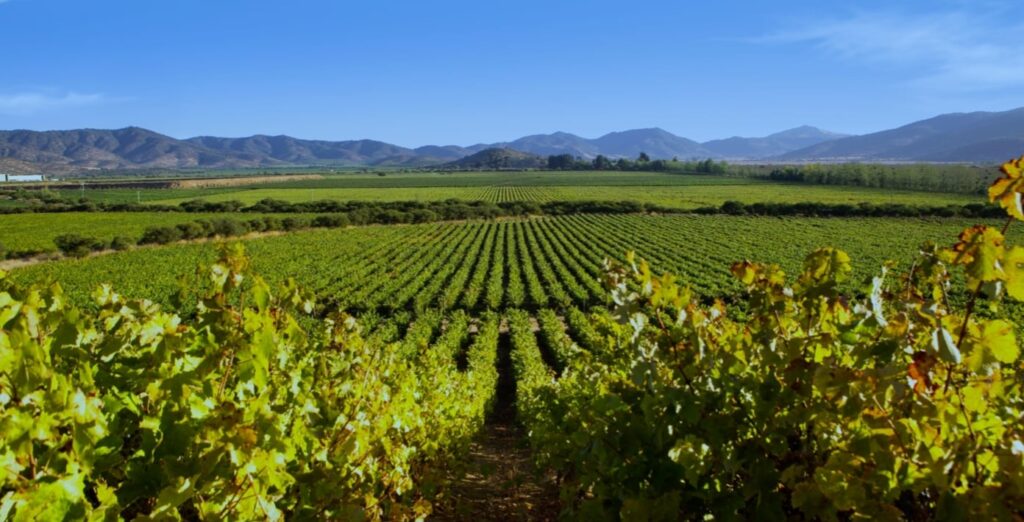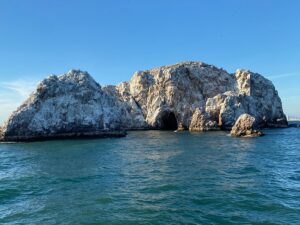Exploring the Huasco Valley Vineyards, Chile
Nestled in the Atacama Desert, the Huasco Valley in Chile is a hidden gem for wine enthusiasts and travelers seeking a unique experience. Known for its stunning landscapes and rich cultural heritage, this region offers a delightful blend of natural beauty and viticultural excellence. Whether you’re a seasoned wine connoisseur or a curious traveler, the Huasco Valley Vineyards promise an unforgettable journey.
What to See
The Huasco Valley is renowned for its boutique vineyards that produce some of Chile’s most distinctive wines. As you explore the area, you’ll find a variety of vineyards, each offering its own unique charm and flavors. The valley is particularly famous for its production of Pajarete, a sweet wine with a rich history dating back to the Spanish colonial period. Visitors can enjoy guided tours of the vineyards, where they can learn about the winemaking process, from grape cultivation to bottling. Tastings are a highlight, allowing you to savor the diverse range of wines produced in the region.
In addition to the vineyards, the valley’s natural beauty is a sight to behold. The landscape is characterized by lush greenery set against the backdrop of the arid desert, creating a striking contrast. The Huasco River meanders through the valley, providing a serene setting for leisurely walks and picnics. Don’t miss the chance to visit the nearby Llanos de Challe National Park, where you can explore diverse flora and fauna, including the rare and beautiful Garra de León flower.
A Bit of History and Interesting Facts
The Huasco Valley has a rich history that dates back to the indigenous Diaguita people, who were the original inhabitants of the region. The Spanish colonizers later introduced viticulture, and the valley has been producing wine for over 400 years. The unique climate of the valley, with its warm days and cool nights, creates ideal conditions for grape growing, resulting in wines with distinct flavors and aromas.
An interesting fact about the Huasco Valley is its role in the production of Pajarete, a traditional sweet wine that has been made in the region since the 16th century. This wine is crafted using a blend of Muscat and other grape varieties, and its production is deeply rooted in the valley’s cultural heritage. The valley is also known for its sustainable farming practices, with many vineyards embracing organic and biodynamic methods to preserve the environment and produce high-quality wines.
How to Get There and Tips for First-Time Visitors
Reaching the Huasco Valley is relatively straightforward. The nearest major city is Copiapó, which is well-connected by air and road. From Copiapó, you can rent a car or take a bus to the valley, which is approximately a two-hour drive away. The journey offers scenic views of the desert landscape, making it a pleasant drive.
For first-time visitors, it’s advisable to plan your trip during the spring or fall when the weather is mild and the vineyards are in full bloom. Be sure to wear comfortable clothing and sturdy shoes, as you’ll likely be walking through vineyards and exploring the natural surroundings. It’s also a good idea to book vineyard tours in advance, as they can fill up quickly, especially during peak tourist seasons.
While in the valley, take the opportunity to interact with the locals, who are known for their warm hospitality. They can provide valuable insights into the region’s history and culture, enhancing your overall experience. Lastly, don’t forget to bring a camera to capture the breathtaking landscapes and memorable moments during your visit.








